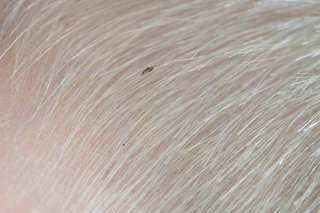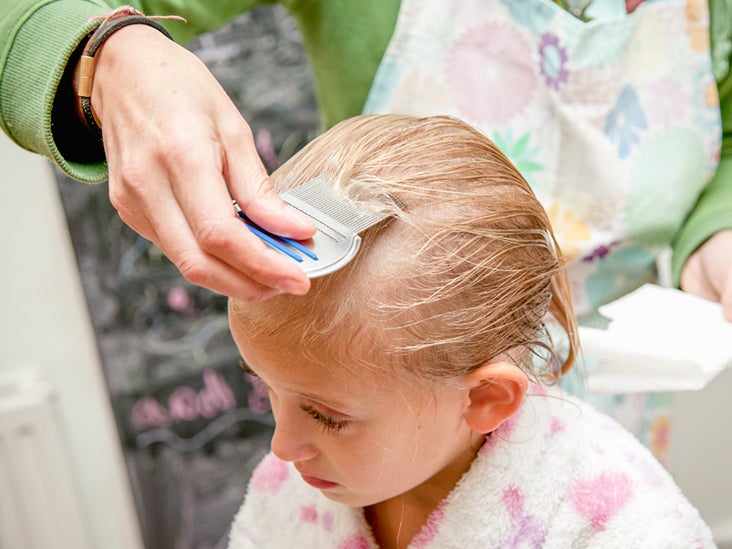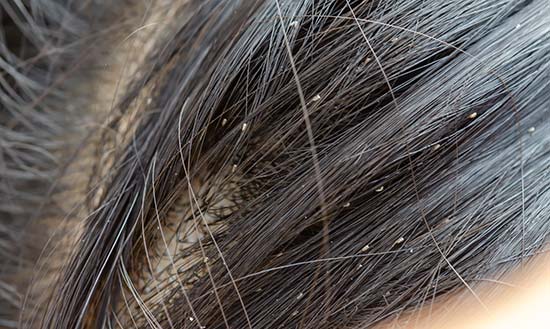Ideal Info About How To Diagnose Head Lice
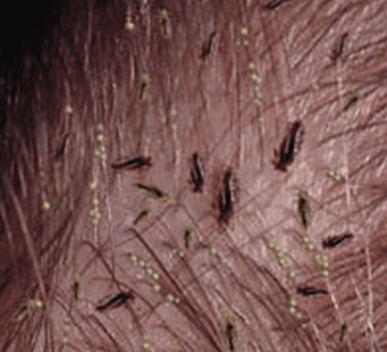
Lice tend to stay on the warmest, darkest parts of the scalp, which is the back of the head just above the neck and behind the ears.
How to diagnose head lice. A health care provider may diagnose head lice after finding a live young or adult louse in the person's hair or on the scalp, or after seeing one or more nits on hair shafts found. Head lice are best identified by inspecting the hair and scalp for live lice or nits (eggs attached to the hair shaft close to the scalp). Bumps or irritation on the scalp from scratching.
You can learn how to identify lice and nits so you. The lice do not care. Retreatment is generally recommended with all products you can buy without a prescription.
Head lice usually stay close to the scalp and behind the ears. Itching (“pruritus”) is the most common symptom of head lice infestation and is caused by an allergic reaction to louse bites. Common signs and symptoms of lice include:
A tickling feeling from movement of hair. Position two mirrors facing one another. Retreat as recommended on the package.
Seven to nine days after the first treatment. The standard for identifying head lice is finding a live louse. Tiny yellow or tan dots on the shaft of the.
Trouble sleeping, as head lice are nocturnal and can be the most bothersome at night. The presence of lice on your scalp,. Some people scratch so much that the scalp — and sometimes the back of the neck — become red and irritated.
/head-lice-diagnosis-5ae0b5d7875db90036a947da.png)
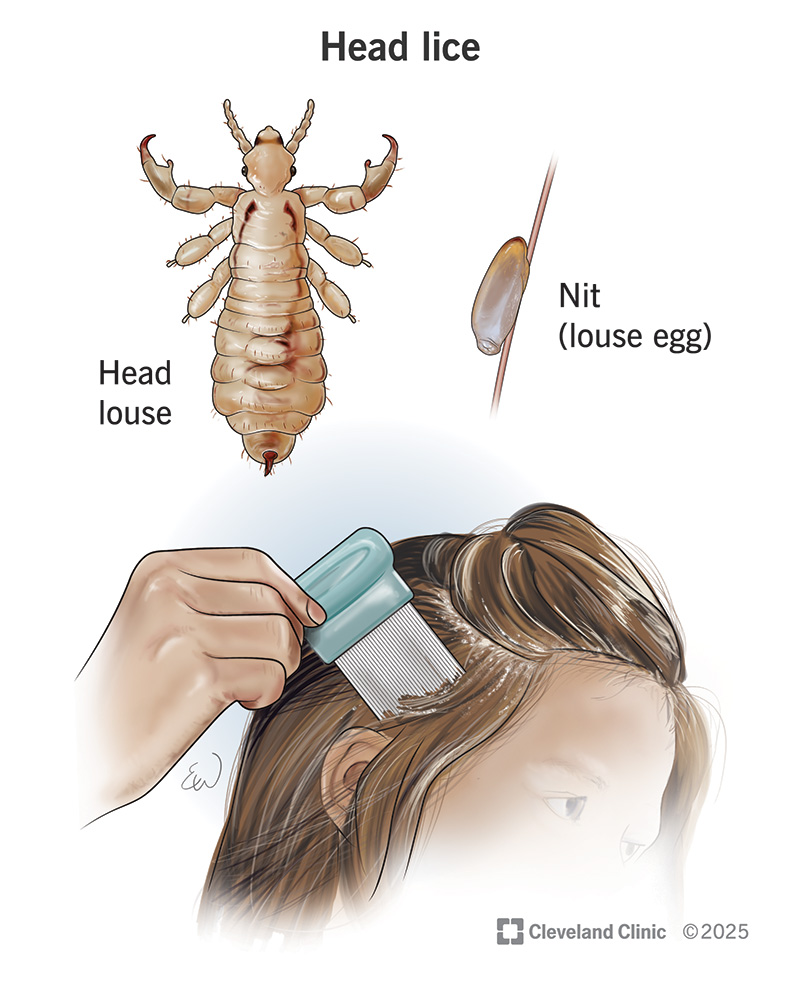
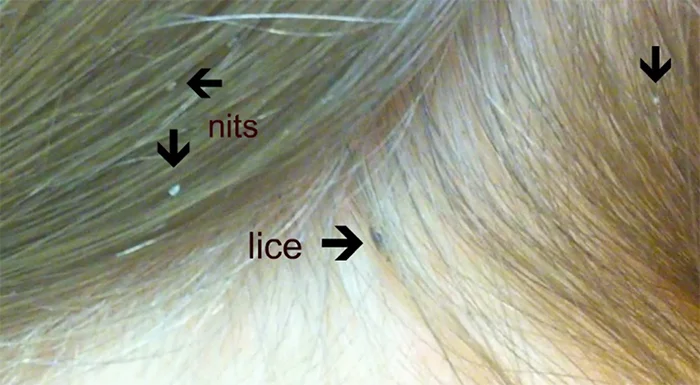
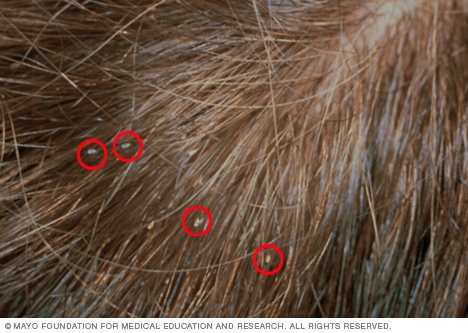
:max_bytes(150000):strip_icc()/overview-of-head-lice-1068795_final-4be375a6ddac4c6c8d97cfc2d642fcd5.png)
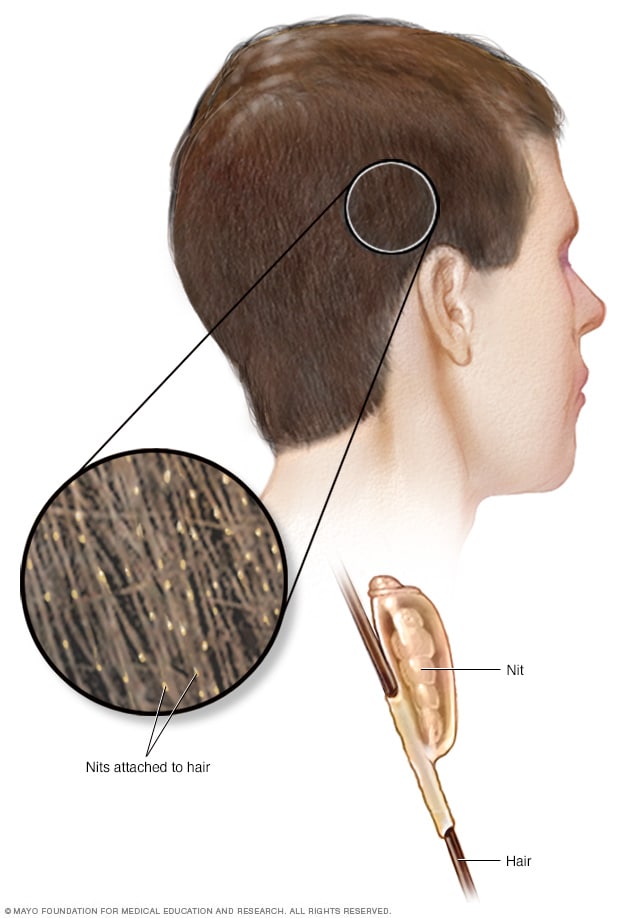
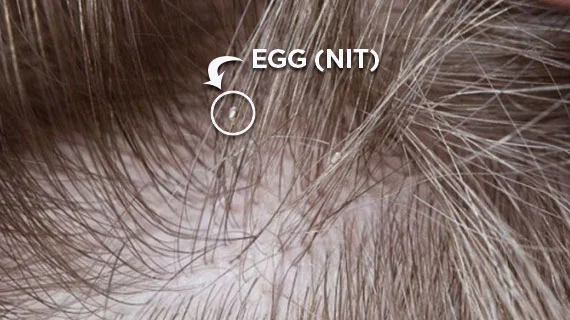
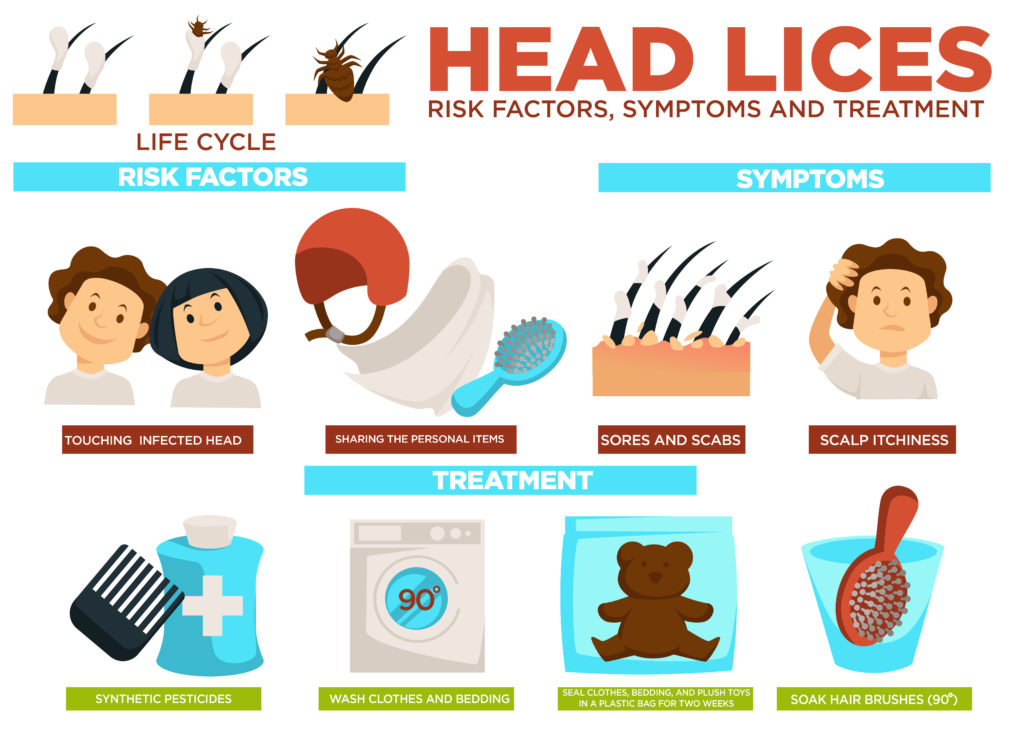
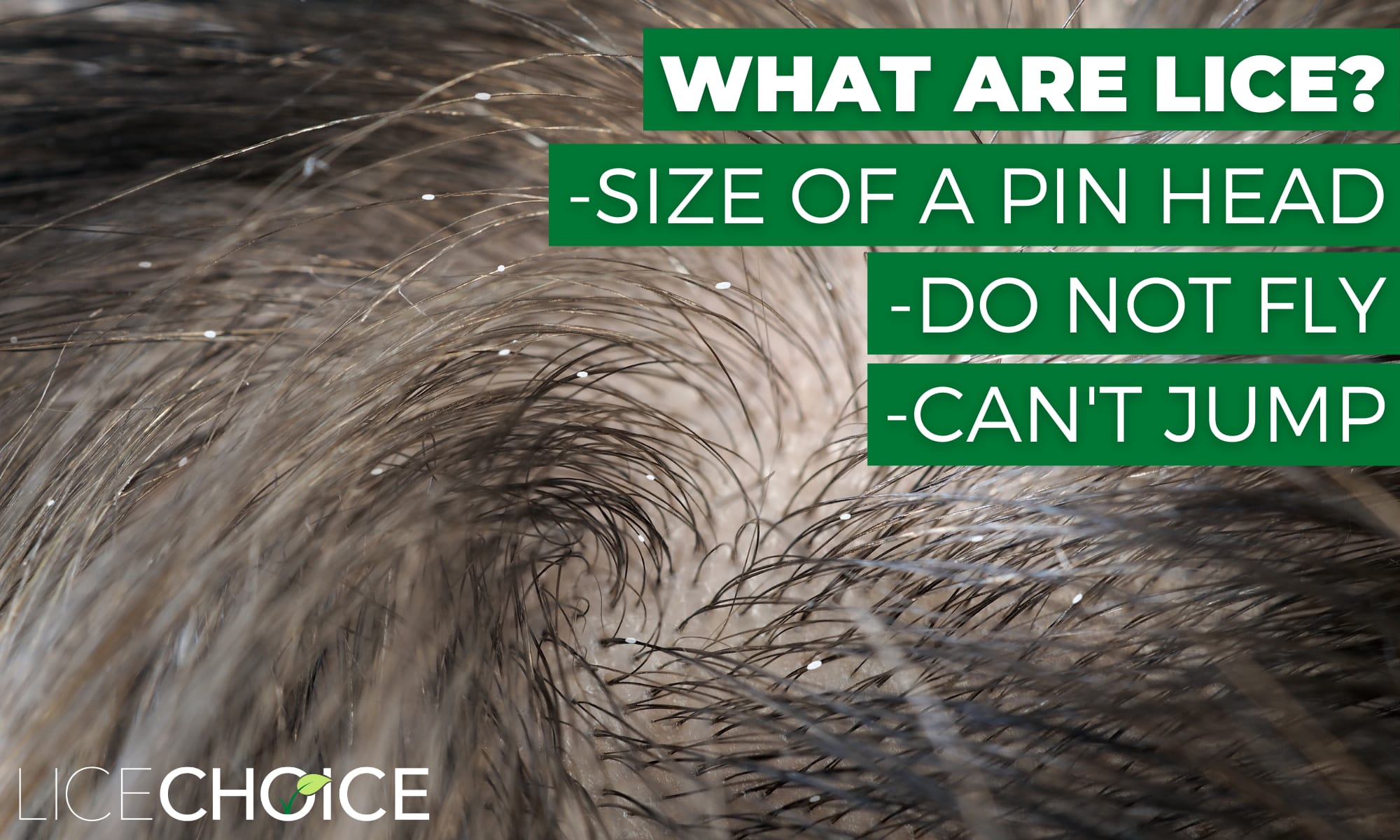
:max_bytes(150000):strip_icc()/lice-symptoms-5aec96b5ae9ab800374df3b2.png)
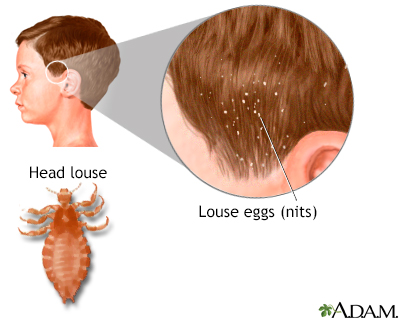
/Getty_head_lice_woman_inspecting_child_LARGE_vgajic-56a13e7d5f9b58b7d0bd5e9f.jpg)

